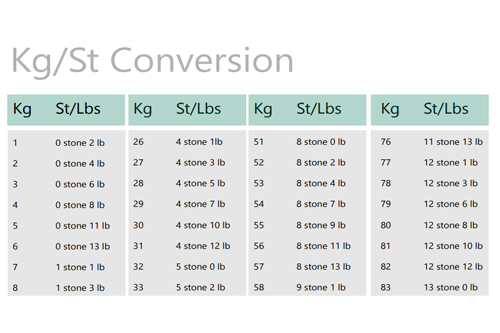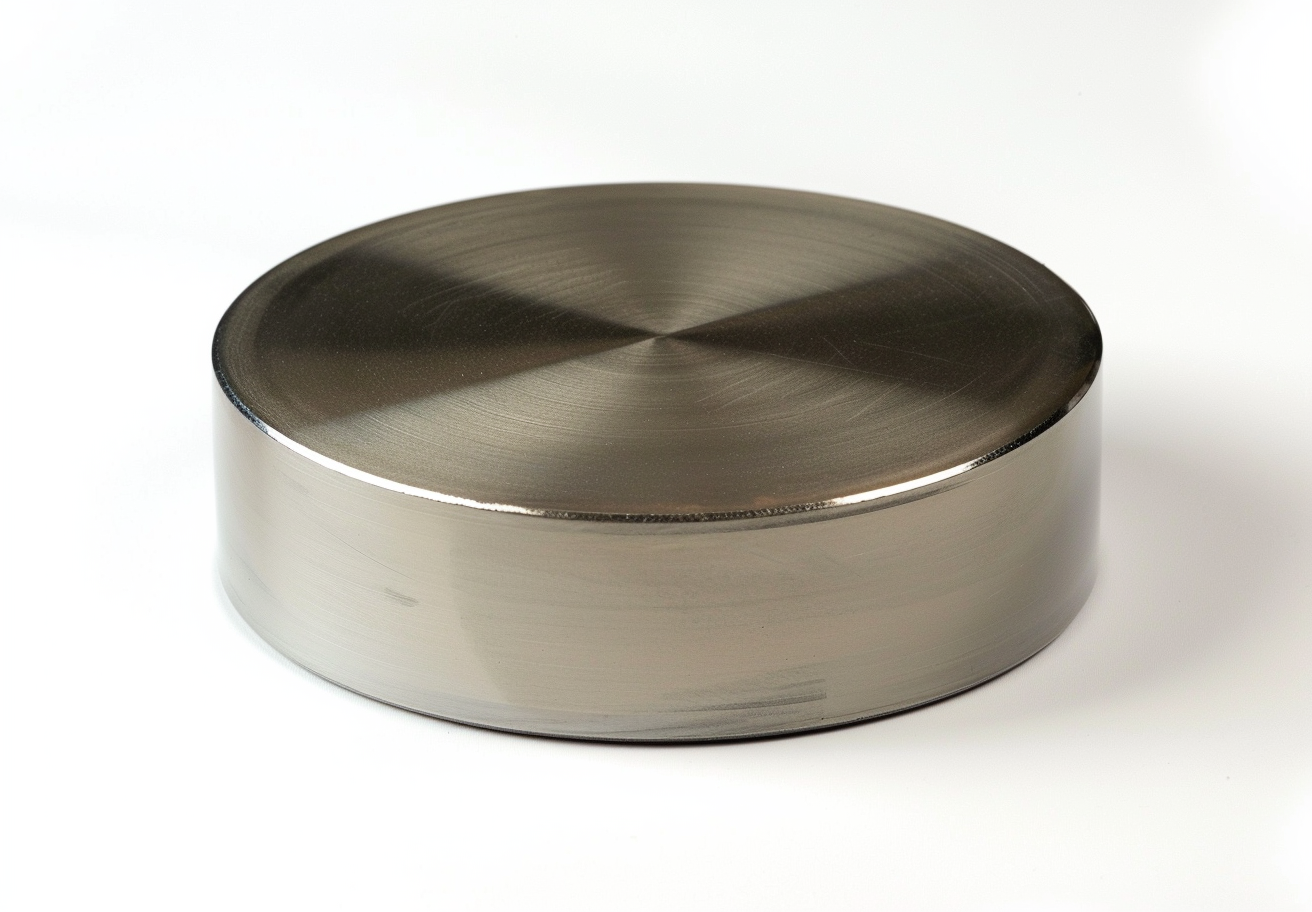Phase: Basics And Examples
Introduction
In engineering and science, the phase theory is convenient in describing how matter behaves under different conditions. Water melting into water, steam powering a turbine, or plasma transporting electricity in a fusion reactor are just a few examples of matter phases, each exhibiting a unique set of physical and chemical properties.
A phase is merely an area of uniform matter—one that has the same composition and properties throughout. When discussing solids, liquids, gases, or plasma, different phases of the same substance emerge from changes in pressure, temperature, and energy.
States of Matter and Their Characteristics
Each state—or phase—possesses distinct structural and behavioural traits that determine how it responds to energy or force.
|
Property |
Solid |
Liquid |
Gas |
Plasma |
|
Shape |
Fixed |
Variable |
Variable |
Variable |
|
Volume |
Fixed |
Fixed |
Variable |
Variable |
|
Density |
High |
Moderate |
Low |
Varies |
|
Molecular Motion |
Vibrational |
Translational + Vibrational |
Rapid Translational |
Highly Energetic (Ionised) |
|
Examples |
Ice, metal blocks |
Water, oil |
Steam, air |
Lightning, solar plasma |
Solid Phase
In solids, atoms or molecules are tightly packed in a fixed arrangement. This structure provides solids with a definite shape and volume. Metals, ceramics, and crystalline materials all exhibit solid-phase behaviour. For example, copper remains solid and stable at room temperature, enabling it to conduct electricity efficiently in power lines without deforming.
Liquid Phase
Liquids have a definite volume but take the shape of their container. Their molecules move freely, allowing them to flow. Water and molten salts are common examples. In energy systems, liquid coolants (such as liquid sodium or silicone oils) are employed to transfer heat efficiently in power plants and high-temperature reactors.
Gas Phase
Gases possess neither a fixed shape nor volume. Their molecules move rapidly and spread out to fill any available space. Steam in turbines represents water in the gas phase—it expands, drives blades, and generates mechanical energy. This behaviour is central to thermal power generation.
Plasma Phase
Plasma is often designated as the fourth state of matter. It forms when gases are energised sufficiently that electrons are stripped from atoms, creating an ionised mixture. Plasmas are found in lightning, fluorescent lights, and the sun. In contemporary technology, plasma arcs are utilised for welding and in fusion energy research, where they conduct electricity and respond vigorously to magnetic fields.
Phase Transitions: How Matter Changes State
Phase transitions occur when changes in temperature or pressure cause matter to shift from one phase to another. Each transition involves energy exchange, which can result in either the absorption or release of heat.
|
Transition |
From |
To |
Example |
|
Melting |
Solid |
Liquid |
Ice → Water |
|
Freezing |
Liquid |
Solid |
Water → Ice |
|
Evaporation |
Liquid |
Gas |
Water → Steam |
|
Condensation |
Gas |
Liquid |
Steam → Water |
|
Sublimation |
Solid |
Gas |
Dry ice → CO₂ gas |
|
Deposition |
Gas |
Solid |
Frost formation |
These processes are not merely laboratory curiosities—they power much of modern industry. For instance, in steam turbines, the evaporation and condensation of water drive energy cycles that produce electricity. Similarly, in cryogenic systems, gases such as nitrogen and helium condense into liquids for cooling superconductors and electronic systems.
Phase Diagrams: A Map of Material Behaviour
A phase diagram displays how a material’s phase changes with temperature and pressure. It indicates where solid, liquid, and gas phases exist and where they can coexist.
For instance:
- Water’s triple point occurs at 0.01°C and 611.657 Pa, where solid, liquid, and vapour phases coexist.
- Iron’s phase diagram is crucial in metallurgy—it guides how steel is heated and cooled to achieve desired hardness and strength.
Understanding these diagrams is critical in designing materials for power plants, where metals must withstand both high temperatures and rapid thermal transitions.
Applications in Electrical Power and Materials Science
Phases and phase transitions influence how materials perform in electrical and energy systems:
- Solid Conductors: Metals such as copper and aluminium maintain a solid phase under normal operation, providing stable electrical pathways.
- Superconductors: At very low temperatures, some materials enter a new phase—the superconducting phase—where electrical resistance drops to zero.
- Phase-Change Materials (PCMs): Utilised in thermal energy storage, PCMs absorb and release heat as they transition between solid and liquid phases, stabilising temperature in power systems or electronic devices.
- Plasma in Energy Generation: In fusion reactors, plasma is confined and heated to millions of degrees to enable nuclear fusion—the same process that powers the sun.
Each of these examples demonstrates how understanding phase behaviour is vital for advancing energy efficiency, safety, and performance in modern technologies.
Frequently Asked Questions
What is a phase in scientific terms?
A phase is a region of matter with uniform physical and chemical properties—such as a solid, liquid, gas, or plasma.
Can a substance exist in multiple phases at once?
Yes. Under specific temperature and pressure conditions (e.g., the triple point), a material can exist simultaneously as a solid, liquid, and gas.
Why is plasma considered a separate phase?
Because it comprises charged particles (ions and electrons) that behave differently from neutral gases, responding to electromagnetic fields.
How are phases relevant to electrical power systems?
Phases influence conductivity, cooling efficiency, and material stability—key factors in turbines, transformers, and superconductors.
Why is understanding phases important in materials science?
It aids in predicting how materials respond to temperature, pressure, and energy—essential for designing durable, high-performance systems.

 Bars
Bars
 Beads & Spheres
Beads & Spheres
 Bolts & Nuts
Bolts & Nuts
 Crucibles
Crucibles
 Discs
Discs
 Fibers & Fabrics
Fibers & Fabrics
 Films
Films
 Flake
Flake
 Foams
Foams
 Foil
Foil
 Granules
Granules
 Honeycombs
Honeycombs
 Ink
Ink
 Laminate
Laminate
 Lumps
Lumps
 Meshes
Meshes
 Metallised Film
Metallised Film
 Plate
Plate
 Powders
Powders
 Rod
Rod
 Sheets
Sheets
 Single Crystals
Single Crystals
 Sputtering Target
Sputtering Target
 Tubes
Tubes
 Washer
Washer
 Wires
Wires
 Converters & Calculators
Converters & Calculators
 Write for Us
Write for Us
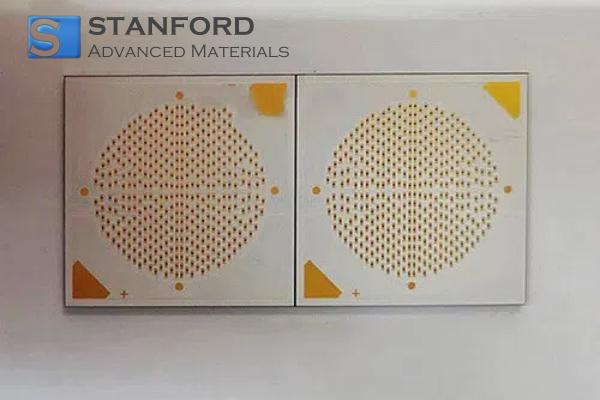

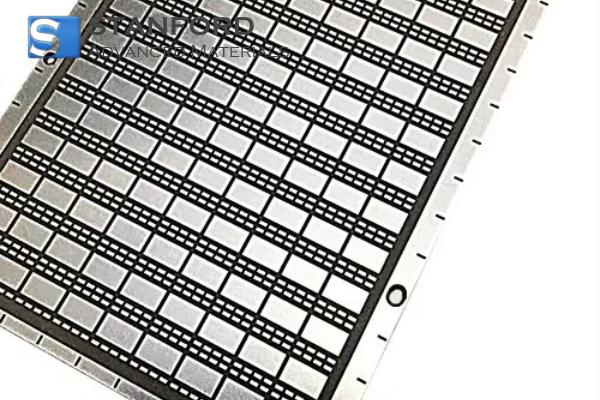
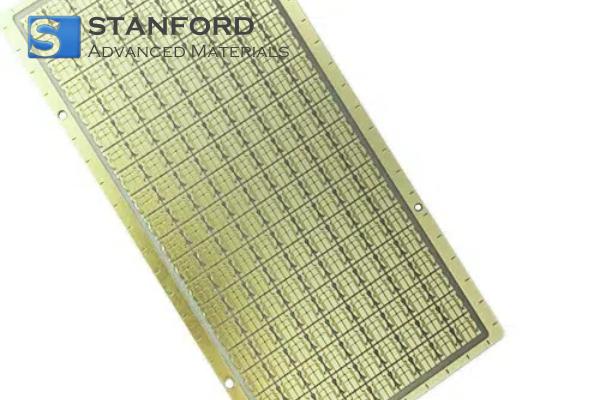
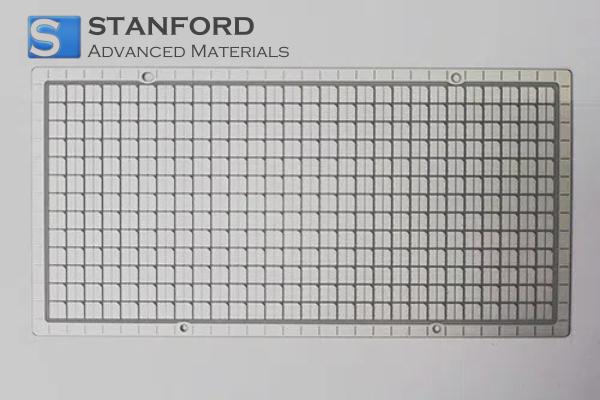
 Chin Trento
Chin Trento

